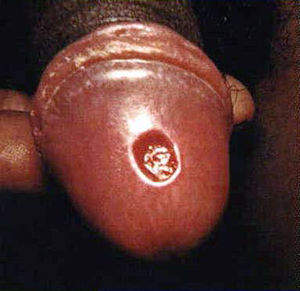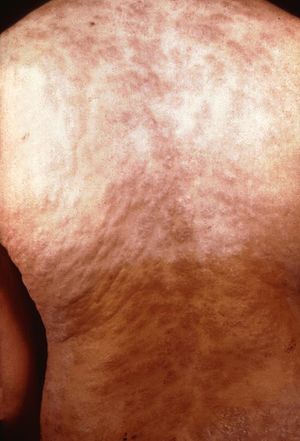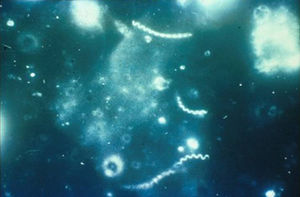THE DIAGNOSIS OF SYPHILIS: Difference between revisions
| Line 1: | Line 1: | ||
==Introduction== | ==Introduction== | ||
<br>By [Heather Fantry]<br> | <br>By [Heather Fantry]<br> | ||
Syphilis is a sexually transmitted infection that has been rising in prevalence since 2000 (CDC, 2013). It is caused by the spirochete <br><i>Treponema pallidum</i>. <br><i>T. pallidum</i> is a thin, tightly coiled spirochete that is microaerophilic (Tramont, 2005). Unlike most bacteria that infect humans, it cannot be cultured in the laboratory. It can only be cultured in laboratory animals, usually rabbits, which are not readily available in hospitals or medical clinics. Hence the diagnosis of syphilis is extremely difficult. | Syphilis is a sexually transmitted infection that has been rising in prevalence since 2000 (CDC, 2013). It is caused by the spirochete <br><i>Treponema pallidum</i>. <br><i>T. pallidum</i> is a thin, tightly coiled spirochete that is microaerophilic (Tramont, 2005). Unlike most bacteria that infect humans, it cannot be cultured in the laboratory. It can only be cultured in laboratory animals, usually rabbits, which are not readily available in hospitals or medical clinics. Hence the diagnosis of syphilis is extremely difficult. | ||
<br><b>Bold</b> | <br><b>Bold</b> | ||
<br><i>Italic</i> | <br><i>Italic</i> | ||
==Section 1== | ==Section 1== | ||
Revision as of 16:17, 21 April 2015
Introduction
By [Heather Fantry]
Syphilis is a sexually transmitted infection that has been rising in prevalence since 2000 (CDC, 2013). It is caused by the spirochete
Treponema pallidum.
T. pallidum is a thin, tightly coiled spirochete that is microaerophilic (Tramont, 2005). Unlike most bacteria that infect humans, it cannot be cultured in the laboratory. It can only be cultured in laboratory animals, usually rabbits, which are not readily available in hospitals or medical clinics. Hence the diagnosis of syphilis is extremely difficult.
Bold
Italic
Section 1
Include some current research, with at least one figure showing data.


Section 2
Include some current research, with at least one figure showing data.
Section 3
Include some current research, with at least one figure showing data.

References
[1] Hodgkin, J. and Partridge, F.A. "Caenorhabditis elegans meets microsporidia: the nematode killers from Paris." 2008. PLoS Biology 6:2634-2637.
Authored for BIOL 238 Microbiology, taught by Joan Slonczewski, 2015, Kenyon College.
